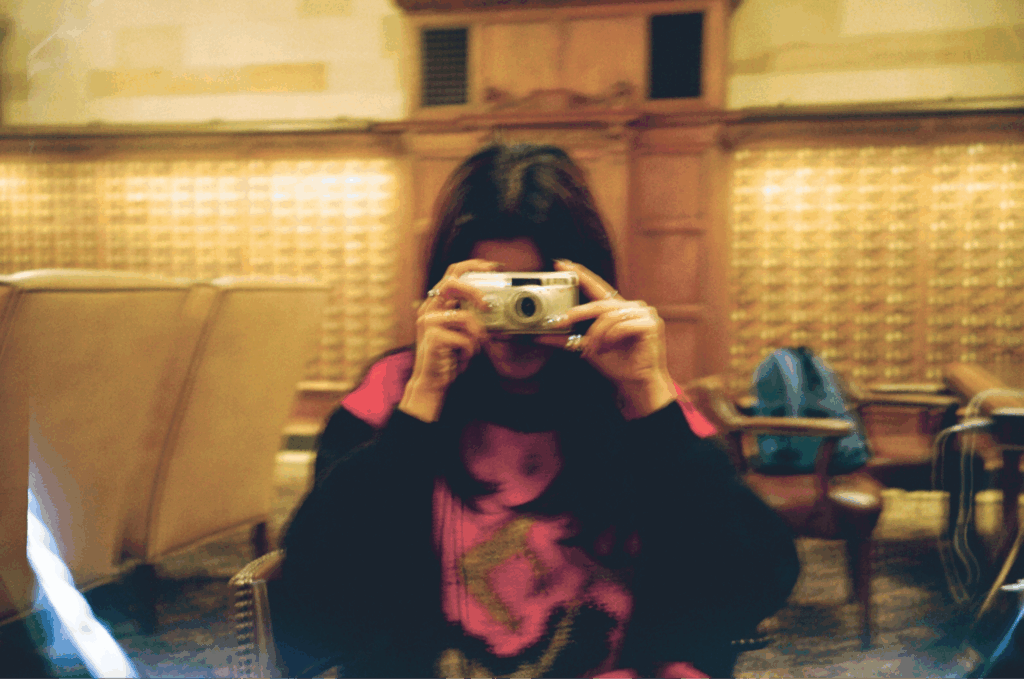UPDATE: Fresh revelations about the late actor Heath Ledger have emerged from the acclaimed 2017 documentary, “I am Heath Ledger,” shedding light on his unique approach to self-documentation. Trevor DiCarlo, Ledger’s childhood friend, emphasizes how the actor used his camera as a creative tool, not merely to capture moments but to explore his identity and artistry.
In the documentary, DiCarlo reveals that Ledger’s filming was more than a casual hobby. “He got this camera, and he didn’t know what to do with it other than to make something,” DiCarlo states. This intimate footage, now available for public viewing, allows fans to witness Ledger’s artistic journey where he records himself from various angles, contemplating his existence through the lens.
Why This Matters: As society increasingly navigates the complexities of self-presentation in the age of social media, Ledger’s approach stands in stark contrast. While many today curate their online personas for an audience, Ledger’s personal recordings reflect a more genuine self-exploration, untouched by the pressures of public perception. This dichotomy raises crucial questions about authenticity in self-documentation during a time when every moment is often shared online.
The documentary reveals Ledger’s habit of filming himself as a self-teaching exercise, creating an almost sacred space for personal reflection. The recovered footage serves as a poignant reminder of the actor’s internal struggles and creative desires, allowing viewers to connect with his essence beyond the Hollywood facade.
As we engage with our cameras today, the act of documenting oneself often involves an anticipatory gaze towards others. In contrast, Ledger seemed to create for himself, not for the audience. This stark difference evokes a sense of nostalgia for a time when self-expression was more about introspection than external validation.
Next Steps: As audiences reflect on these revelations, discussions about the implications of social media on self-perception are likely to intensify. The question remains: Can we truly capture our authentic selves in a world driven by likes and shares?
With Ledger’s legacy now intertwined with these important conversations, fans and critics alike are urged to consider the evolution of self-representation in a rapidly digitalizing society. The impact of his work continues to resonate, urging individuals to examine their relationship with self-documentation and public scrutiny.
In a world where the lens often serves as a stage for performance, Ledger’s raw and unfiltered approach invites us to explore our own motivations behind the camera. This poignant reminder may inspire a new wave of self-exploration, prompting audiences to seek authenticity in their narratives amid an ever-demanding online landscape.
The reflections on Ledger’s artistry will likely continue to spark discussions about identity, creativity, and the balance between self-expression and external observation. As we navigate these modern complexities, Ledger’s legacy remains a vital conversation piece about the human experience in the digital age.







